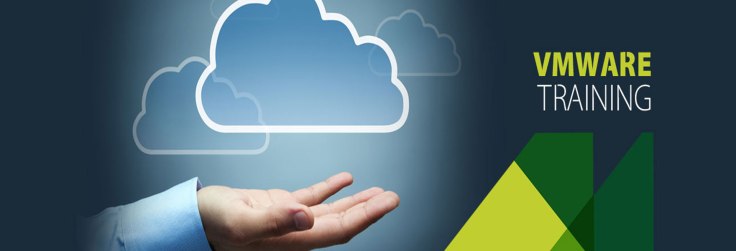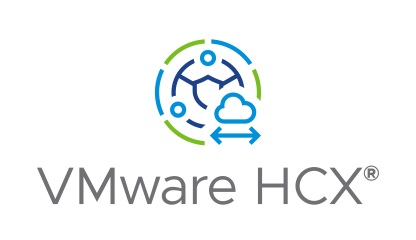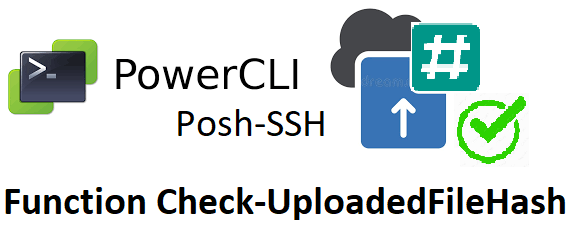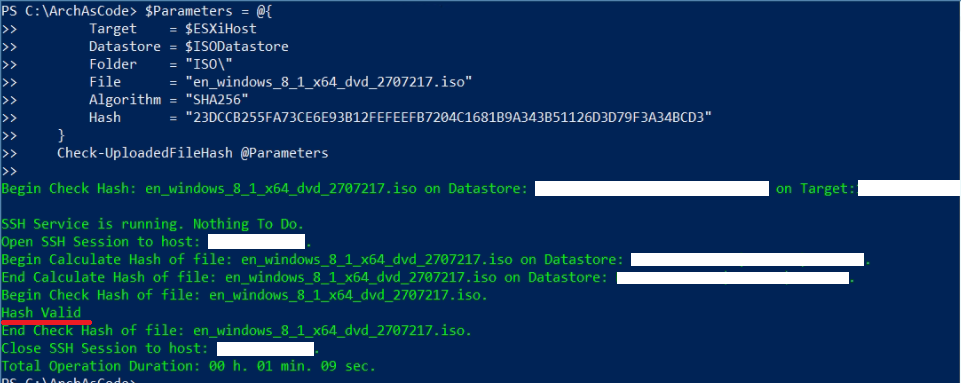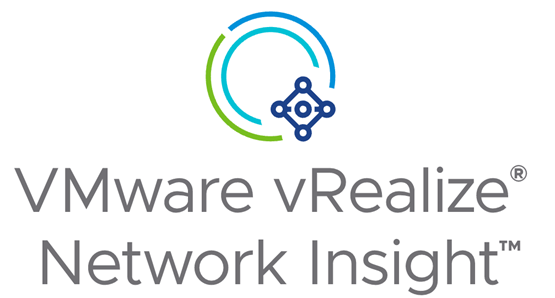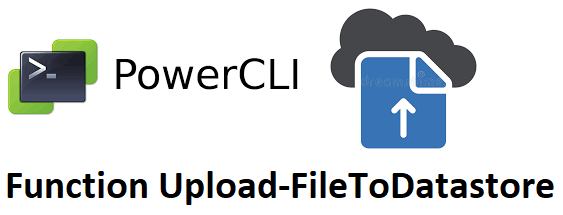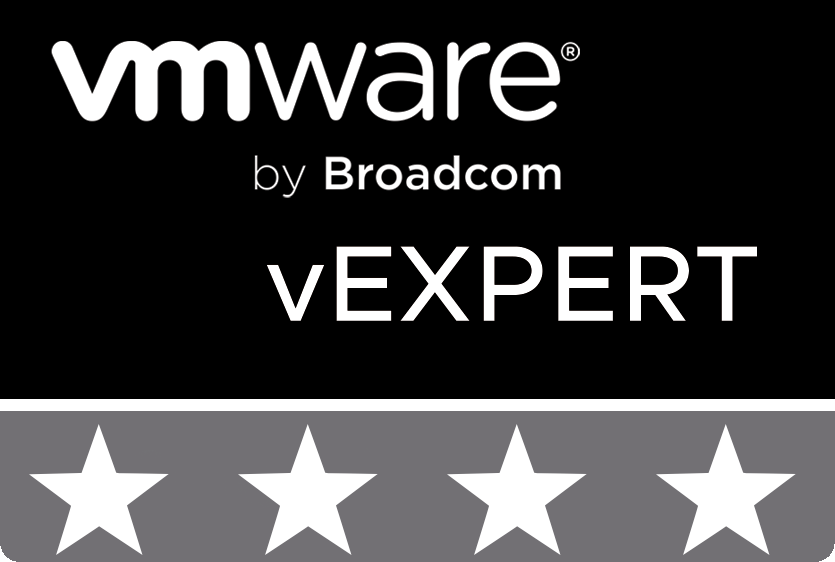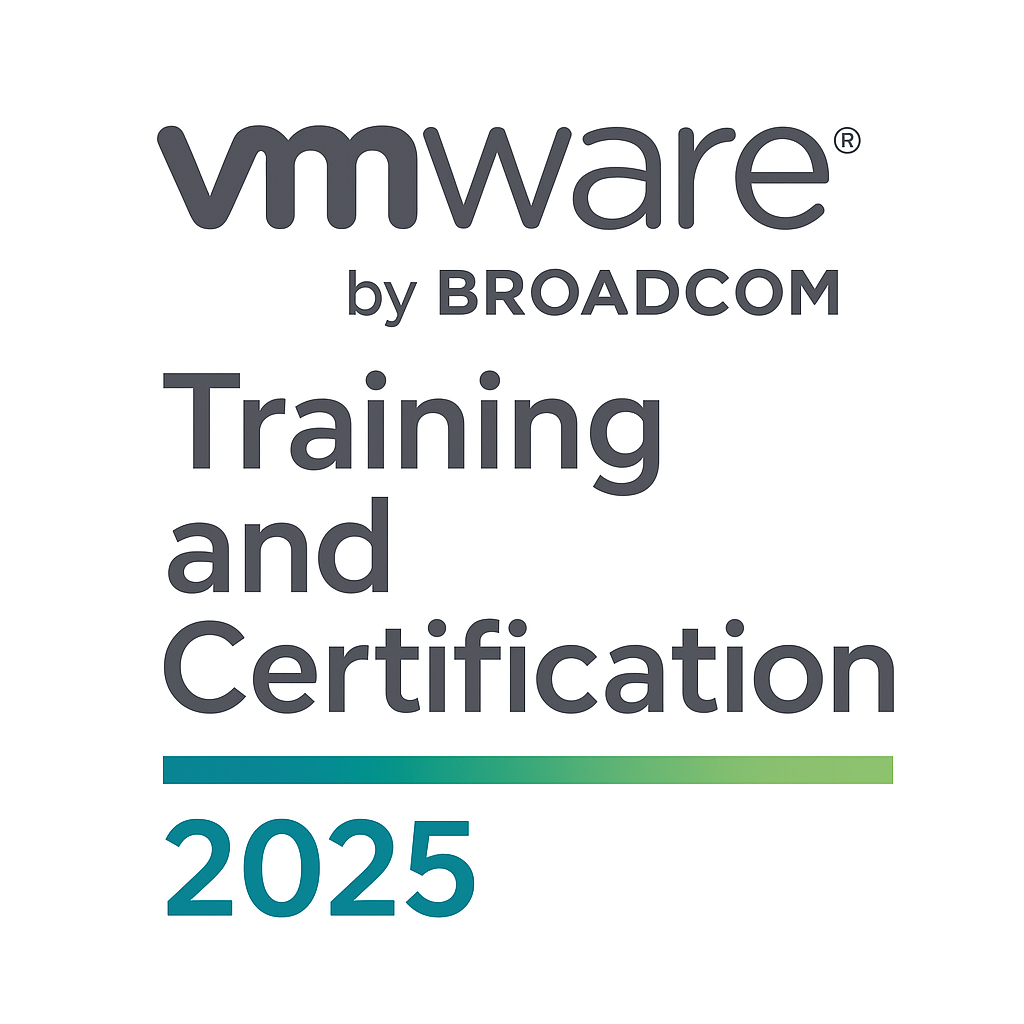
Introduction
Hello to all readers of the blog about IT Architecture and Learning!
In previous years, we published a series of articles: “VMware Learning. Year 2023”, “VMware Learning. Year 2022”, “VMware Training. Season 2021–2022”, and “VMware Learning. Year 2020”.
We are now starting a new series called “VMware Training and Certification. Year 2025”, in which we will explore all current educational directions of VMware, update information about previous courses, and consider changes in the platform after VMware’s acquisition by Broadcom.
To begin with, let us recall the features of authorized training, the main learning domains, and how certification paths are integrated into professional development.
Authorized Training
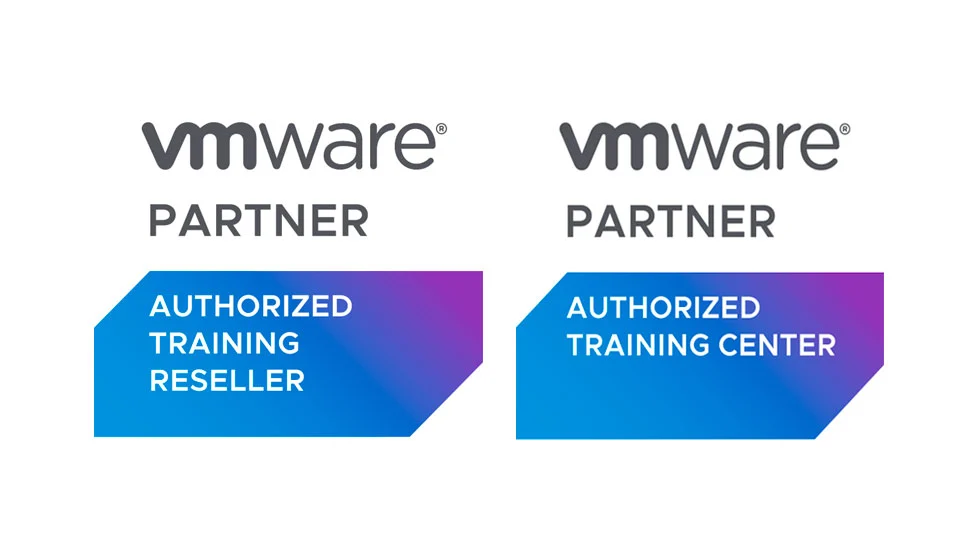
VMware technologies have long served as a foundation of enterprise IT infrastructure — from classic server virtualization to modern hybrid and multi-cloud architectures. Even in the context of significant corporate changes resulting from VMware’s acquisition by Broadcom, the platform continues to play a strategic role in data centers and remains a key building block for scalable, secure, and automated environments.
For organizations and professionals who design, operate, or transform such solutions, practical experience alone is no longer sufficient. A critical factor is structured, vendor-authorized training, built according to the official methodology of the technology owner.
VMware Authorized Training is not a collection of isolated courses, but a cohesive learning ecosystem. Each learning domain corresponds to a specific technology area and professional role – from administrators and support engineers to infrastructure, cloud, and application architects.
VMware after the Broadcom acquisition: Implications for training
Following VMware’s integration into Broadcom, the platform’s development focus has shifted toward enterprise customers, large-scale data centers, and mission-critical workloads. This shift is also reflected in the training model: courses have become more architecture-oriented, scenario-driven, and closely aligned with real-world operational practices.
In this context, authorized training serves a dual purpose. It delivers up-to-date product and platform knowledge while also establishing consistent approaches to infrastructure design, lifecycle management, and long-term operational stability.
Why VMware Authorized Training?
VMware authorized courses are developed directly by the platform vendor and:
- are based on real-world architectural scenarios, not simplified lab exercises;
- align with current and strategic VMware (Broadcom) product directions;
- build competencies required for VMware certification programs;
- establish a common terminology and methodology for design, operations, and troubleshooting.
As a result, authorized training is an optimal starting point both for professionals new to VMware and for experienced engineers seeking to structure their knowledge or progress to an architectural level.
Core VMware Authorized Training Domains
Core VMware Authorized Training Domains:
- Datacenter Virtualization: Compute virtualization based on vSphere: ESXi, vCenter, resource management, high availability, scalability, and data center operations.
- Cloud Management and Automation: Infrastructure and service lifecycle management, monitoring, and automation using VMware Aria (vRealize).
- Network Virtualization: Software-defined networking with VMware NSX: switching, routing, microsegmentation, and integrated security.
- Application Modernization: Platforms for modern applications and containers: Kubernetes, Tanzu, and hybrid application architectures.
- End-User Computing: Virtual desktops, endpoint management, and secure access using Horizon and Workspace ONE.
- Security: VMware Carbon Black Cloud, VMware NSX Security, Device Security.
Each learning domain – Datacenter Virtualization, Cloud Management and Automation, Network Virtualization, Application Modernization, End-User Computing, Security – has its own certification track, enabling a structured and long-term professional development path.
Each of these learning domains has its own training paths — from foundational courses for administrators to advanced programs for architects and consultants.
VMware Certification as part of the learning journey
VMware Authorized Training is closely integrated with the official VMware certification framework, which validates a professional’s technical readiness to work with enterprise environments. VMware certifications are not an end in themselves – they serve as indicators of proven competencies gained through structured learning and hands-on experience.
Depending on the technology domain and professional role, training paths align with the following certification levels:
- VMware Certified Professional (VCP): Core professional level for administrators and operations engineers, validating installation, configuration, and daily operations skills.
- VMware Certified Advanced Professional (VCAP): Advanced level focused on solution design or deployment and optimization, requiring deep architectural understanding.
- VMware Certified Implementation Expert (VCIX): A combined credential demonstrating both design and implementation expertise within a specific domain.
- VMware Certified Design Expert (VCDX): The highest architectural certification, confirming the ability to design complex, large-scale, mission-critical VMware solutions.
Target Audience
This series of articles is intended for:
- VMware infrastructure engineers and administrators;
- architects of on-premises, hybrid, and cloud solutions;
- technical leaders and consultants;
- participants of mentoring and corporate training programs;
- organizations planning the development or transformation of their infrastructure.
In the following publications, each VMware Authorized Training domain will be reviewed separately, with explanations of roles, skill levels, typical use cases, and the logical progression between courses.
Brief Summary
This article opens the “VMware Training and Certification. Year 2025” series and provides an overview of VMware Authorized Training in the context of VMware by Broadcom. It explains the structure of official learning domains, the role of authorized courses, and how certification paths (VCP, VCAP, VCIX, VCDX) support long-term professional development for administrators, engineers, and architects working with enterprise VMware platforms.
The next article in the series will focus on Authorized Training: Datacenter Virtualization, covering VMware vSphere 8.
Follow the news until the meeting is on air in a few days.
Sincerely, AIRRA.

